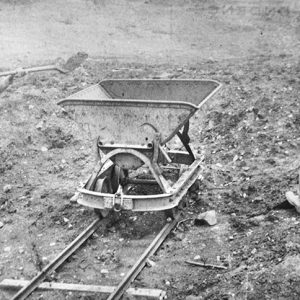 ADC Workers
ADC Workers
Entry Category: Mining
 ADC Workers
ADC Workers
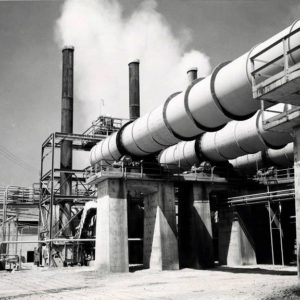 Alcoa Aluminum
Alcoa Aluminum
 Alix Mine
Alix Mine
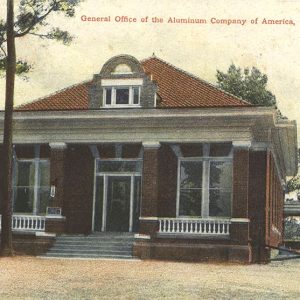 Aluminum Company of America
Aluminum Company of America
 Amethyst Geode
Amethyst Geode
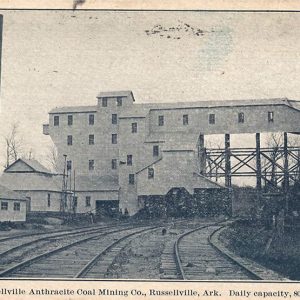 Anthracite Mining
Anthracite Mining
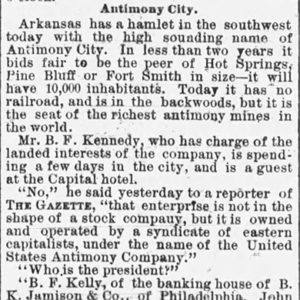 Antimony City Article
Antimony City Article
Antimony Mining
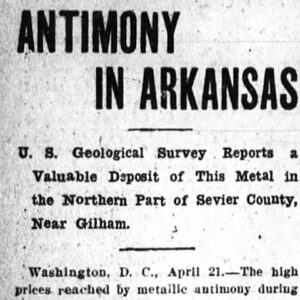 Antimony Mining Article
Antimony Mining Article
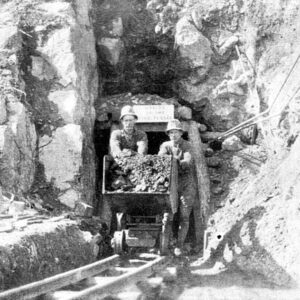 Arkansas Quicksilver Company
Arkansas Quicksilver Company
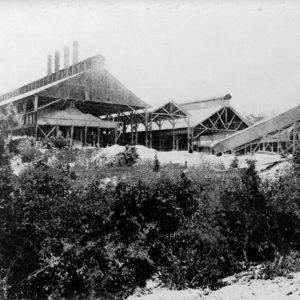 Bauxite Mill
Bauxite Mill
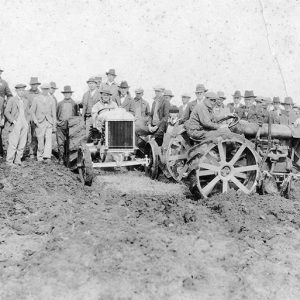 Bauxite Miners
Bauxite Miners
Bauxite Mining
 Bauxite Mural
Bauxite Mural
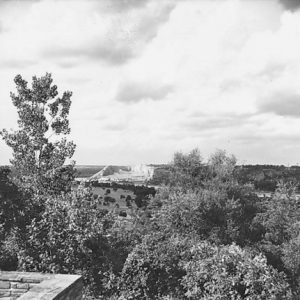 Big Rock Quarry
Big Rock Quarry
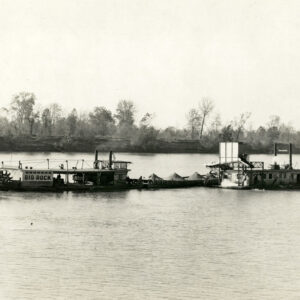 Big Rock Quarry
Big Rock Quarry
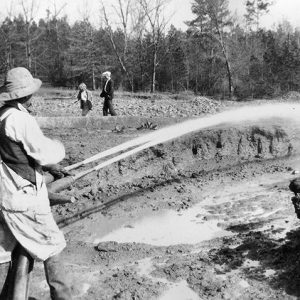 Black Gumbo Sluicing
Black Gumbo Sluicing
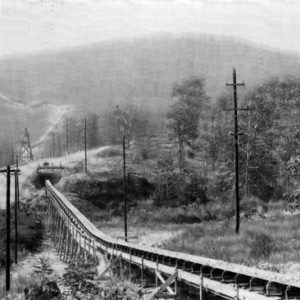 Bull Shoals Dam Conveyer Belt
Bull Shoals Dam Conveyer Belt
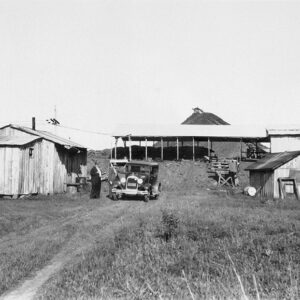 Carbon Coal Company
Carbon Coal Company
 Christy Vanadium Mine Pit
Christy Vanadium Mine Pit
 Clay County Oil Company Well No. 1
Clay County Oil Company Well No. 1
 Coal Miners Memorial
Coal Miners Memorial
Coal Mining
 Coal Mining Settlement
Coal Mining Settlement
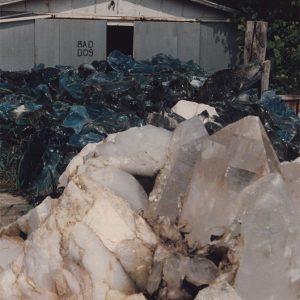 Coleman Quartz
Coleman Quartz
 Comet Coal Mine
Comet Coal Mine
Crushed Stone Mining
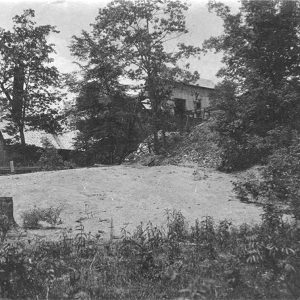 Davis Mine
Davis Mine
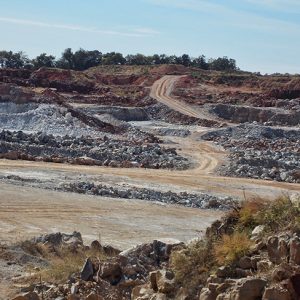 Denieville White Lime
Denieville White Lime
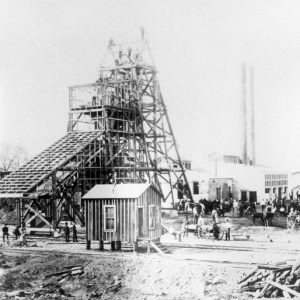 Denning Coal Mine
Denning Coal Mine
Diamond Mining
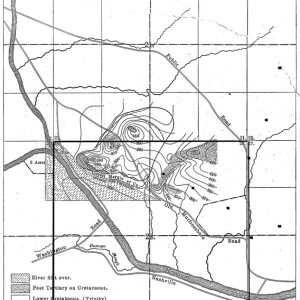 Diamond Pipe Map
Diamond Pipe Map
 Diamond Washing
Diamond Washing
 Diamond Mining Company
Diamond Mining Company
Dimension Stone Mining
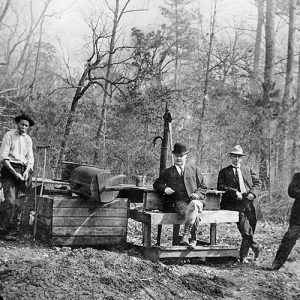 Early Diamond Exploration
Early Diamond Exploration
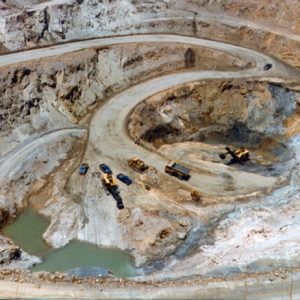 East Wilson Pit
East Wilson Pit
 East Wilson Vanadium Mine Pit
East Wilson Vanadium Mine Pit
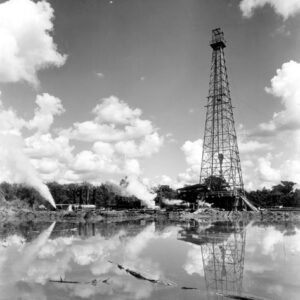 El Dorado Oil Rig
El Dorado Oil Rig
 Eureka Mine
Eureka Mine
Fayetteville Shale
 Fayetteville Shale Rig No. 33
Fayetteville Shale Rig No. 33
 Greenway Rough Riders Mention
Greenway Rough Riders Mention
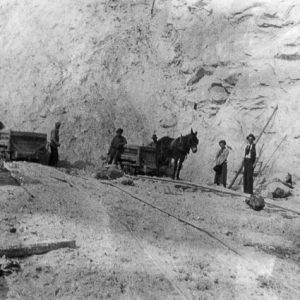 Guion Sand Mine
Guion Sand Mine
Gypsum Mining
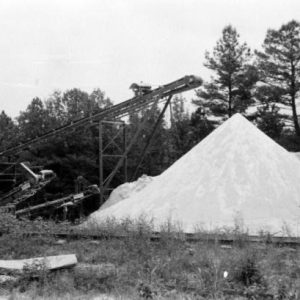 Gypsum Mining
Gypsum Mining
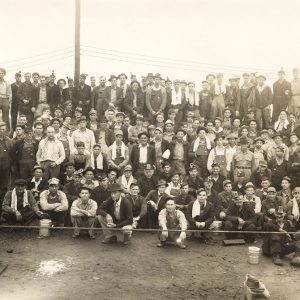 Hackett Miners
Hackett Miners
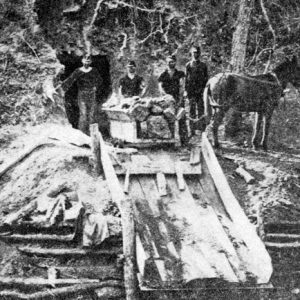 Hartford Coal Mining
Hartford Coal Mining
 John Huddleston
John Huddleston
 Ice Plant
Ice Plant




